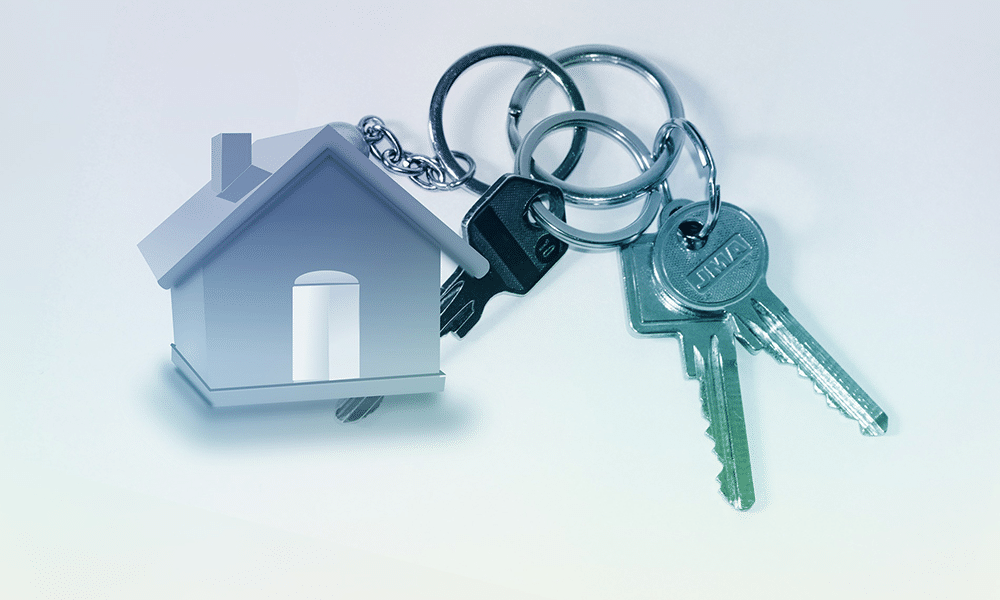Security Is #1

What’s most important for the elderly? Security, whether staying in the home, or downsizing to an apartment or residence. Security is number one with me. The person has to be safe — and to feel safe — in their environment.
Guaranteeing safety requires a senior’s honesty about their own capabilities and awareness of physical needs. Ask these important questions:
- Is walking becoming a problem? Do I need a walker or wheelchair?
- Is my eyesight getting worse?
- Do I have good balance?
- Are my muscles strong, or weakening?
- Can I reach things easily?
Day-to-day security begins by making sure each room is safe. If you know you need to move, your first concern is to choose the right room or apartment, then furnish it with solid, useful furniture.
These tips will help you choose or create the right physical space:
- Ensure a good fit
Sure, size matters, but the configuration of a room matters even more for those with limited mobility. That is especially true of the bedroom and bathroom, where room to manoeuvre is most limited.
Keep in mind when you measure that to navigate safely through passages and within rooms:
- a walker needs 60-65 centimetres (24-26 inches);
- a wheelchair needs 1.2 metres (36 inches).
2. Go room by room
Check all furniture. Ask yourself: Is this solid? If not, fix wobbly legs or replace the piece. Can you rise easily from the sofa, upholstered chairs, the toilet? If it’s a big effort now, it won’t become easier.
- Get rid of glass tables (they’re hard to see and have dangerously sharp corners).
- Provide adequate lighting (reduced vision makes everything harder to see).
- Get rid of clutter (keep only what’s necessary and most treasured.
- Add grab bars wherever you need them. Don’t worry about how it looks to guests — remember that your safety comes first.
- Make sure that everything you need is easy to reach.
3. Take steps to avoid falling
Falling is a grave danger to seniors; about 35% of falls result in broken or fractured bones, often the hip.1 Most falls happen when walking or doing chores,2 and many occur in the bathroom or on stairs.3 Carpeting, rugs, throw rugs or bathmats that are loose, ragged, curling at the edges, wet or slippery are a large part of the problem.4
- Secure all rugs and carpeting; use only non-slip ones in the bathroom. Put a non-slip rubberized mat in the bathtub or shower stall.
- Move all electrical wires up or away from foot traffic.
4. Be patient
When you move or substantially modify your environment, your bearings are temporarily lost. It takes at least 3 months to adjust to new surroundings. Take things slowly and be easy on yourself.
1. Public Health Agency of Canada. http://www.phac-aspc.gc.ca/seniors-aines/publications/public/injury-blessure/seniors_falls-chutes_aines/index-eng.php
2. Statistics Canada. http://www.statcan.gc.ca/pub/82-624-x/2011001/article/11506-eng.htm
3. Public Health Agency of Canada. http://www.phac-aspc.gc.ca/seniors-aines/publications/public/injury-blessure/prevent-eviter/index-eng.php
4. Rosen T, March KA, Noonan RK. Slipping and tripping: fall injuries in adults associated with rugs and carpets. Journal of Injury and Violence Research 2013; 5(1): 61-69.